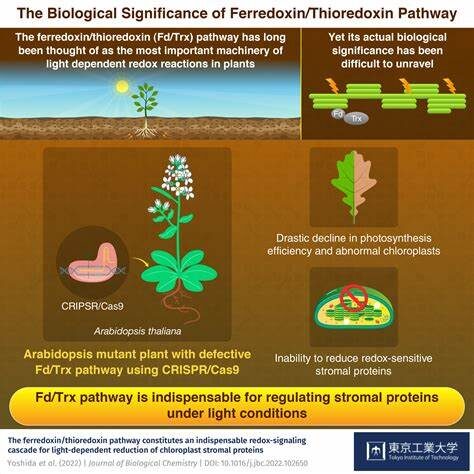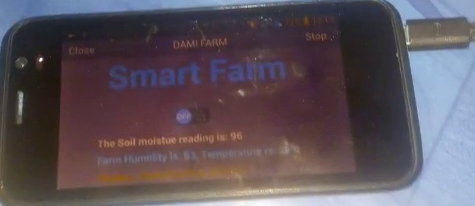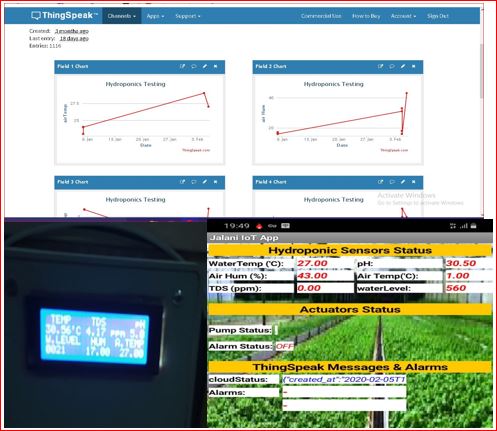Photosynthesis, the process by which plants convert light energy into chemical energy, is the foundation of all terrestrial life. Monitoring photosynthesis rates is crucial for understanding plant health, optimizing crop yields, and developing sustainable agricultural practices.
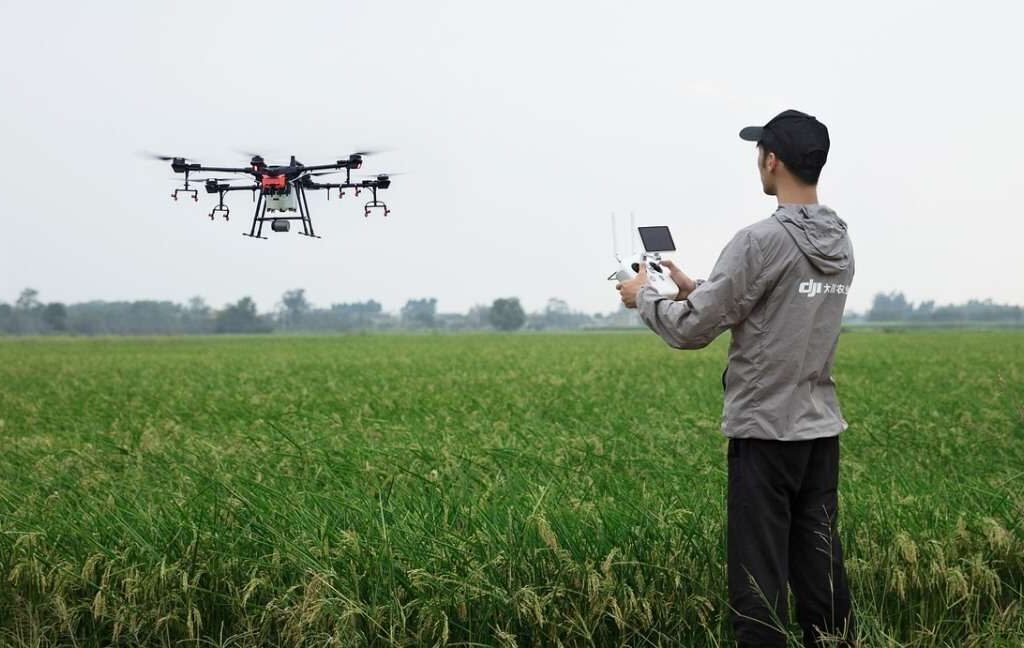
Read More: Eugenics in Medicine: How Science Perpetuated Racism
Traditionally, measuring photosynthesis has been labor-intensive and often involved destructive sampling. However, the advent of the Internet of Things (IoT) and advanced sensor technology is revolutionizing this field, enabling continuous and non-destructive monitoring of photosynthesis rates.
The Importance of Monitoring Photosynthesis
Understanding photosynthesis rates provides valuable insights into:
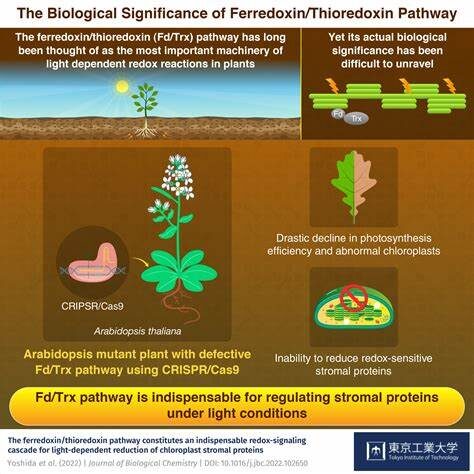
- Plant Health: Changes in photosynthetic activity can indicate stress factors like drought, nutrient deficiency, or disease.
- Crop Yield Prediction: Higher photosynthesis rates generally correlate with increased biomass and yield.
- Environmental Impact: Monitoring photosynthesis helps assess the role of plants in carbon sequestration and climate change mitigation.
- Optimizing Growing Conditions: By understanding how environmental factors influence photosynthesis, growers can optimize conditions like light, temperature, and CO2 levels.
How IoT Sensors Enable Continuous Monitoring
IoT sensors offer a powerful solution for continuous and real-time monitoring of photosynthesis. These sensors collect data on various environmental and plant-related parameters, which are then used to infer photosynthetic activity. Key sensor types include:

Read More: How Future Technology May Impact Pregnancy and Childbirth
- Light Sensors: Measure the intensity and spectral quality of light reaching the plant canopy, a primary driver of photosynthesis.
- CO2 Sensors: Monitor the concentration of carbon dioxide in the air surrounding the plants, a crucial substrate for photosynthesis.
- Temperature and Humidity Sensors: Track environmental conditions that influence stomatal conductance and photosynthetic efficiency.
- Chlorophyll Fluorescence Sensors: Measure the re-emission of light energy by chlorophyll molecules, providing direct insights into the efficiency of the photosynthetic process. Different types of fluorescence measurements (e.g., Fv/Fm, NPQ) can reveal specific stress responses.
- Leaf Gas Exchange Systems (Miniaturized/IoT-Enabled): While traditionally lab-based, advancements are leading to smaller, field-deployable systems that directly measure CO2 uptake and water vapor release, providing the most direct measurement of photosynthesis.
These sensors are connected to a network, allowing data to be transmitted wirelessly to a central platform for processing and analysis.
Benefits of IoT-Based Monitoring
- Real-Time Data: Continuous monitoring provides immediate feedback on plant performance and environmental changes.
- Non-Destructive Measurement: Unlike traditional methods, IoT sensors allow for non-invasive monitoring, enabling long-term studies and reducing the need for destructive sampling.
- Remote Monitoring: Data can be accessed remotely, allowing growers and researchers to monitor crops from anywhere.
- Data Integration and Analysis: Data from multiple sensors can be integrated and analyzed to provide a comprehensive understanding of plant physiology and environmental interactions.
- Early Stress Detection: Changes in photosynthetic activity can be detected early, allowing for timely intervention and preventing significant yield losses.
Applications in Agriculture and Research
IoT-based photosynthesis monitoring has numerous applications:
- Precision Agriculture: Optimizing irrigation, fertilization, and other inputs based on real-time plant needs.
- Greenhouse Management: Controlling environmental conditions to maximize crop production.
- Plant Breeding and Research: Studying the genetic basis of photosynthetic efficiency and developing more resilient crop varieties.
- Environmental Monitoring: Assessing the impact of climate change on plant ecosystems.
The Future of Photosynthesis Monitoring
The future of photosynthesis monitoring is bright, with ongoing advancements in sensor technology, data analytics, and artificial intelligence. We can expect to see:
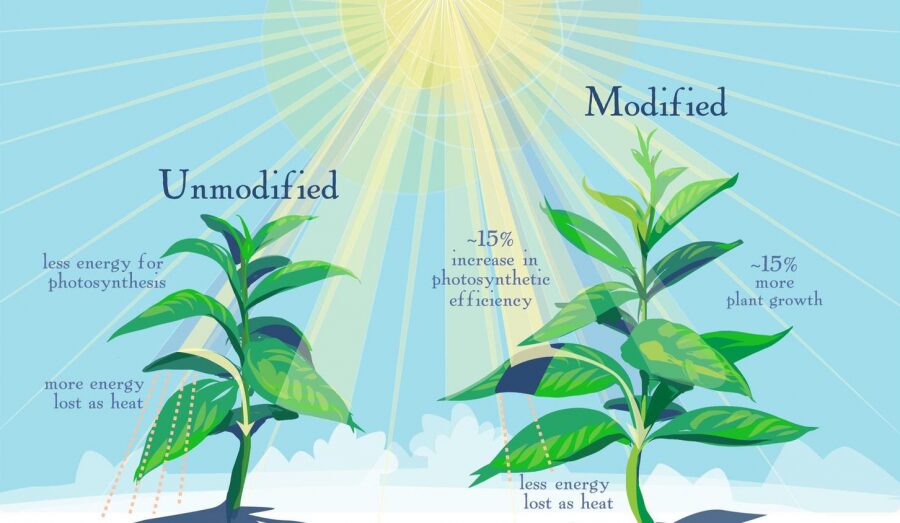
- More sophisticated sensors: Smaller, more energy-efficient, and more accurate sensors.
- Integration with AI and machine learning: Developing predictive models for crop growth and yield based on photosynthesis data.
- Wider adoption in commercial agriculture: Making this technology more accessible and affordable for farmers.
By enabling continuous and non-destructive monitoring of photosynthesis, IoT sensors are transforming our understanding of plant physiology and paving the way for more sustainable and efficient agricultural practices. This technology promises to play a crucial role in ensuring global food security and mitigating the impacts of climate change.
